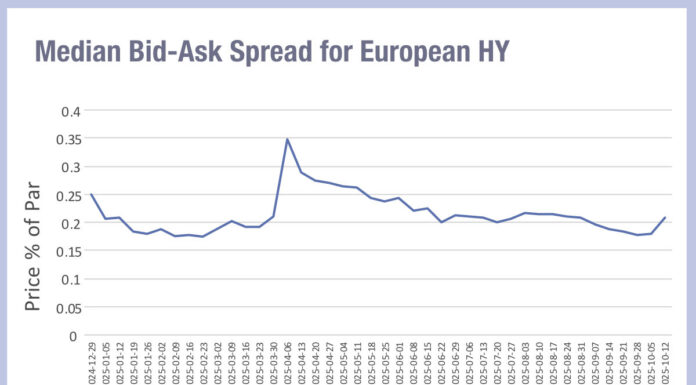The focused event delivered a communication hub that has supported the buy and sell side as they navigated market transformation.
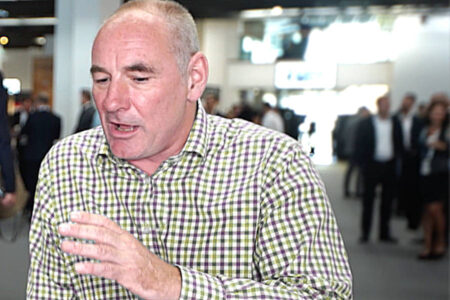
“In 2014, this event was in nobody’s diary, and nobody’s budget,” says Henry Wallis of WBR, the organiser of the decade-old Fixed Income Leaders’ Summit. “There were perhaps 350 people attending. In 2024 we are roughly set for 1000 guests with 400 buy-side places taken.”
A panoply of new initiatives were launching to try and improve the way that buy-side traders could execute into the bond markets through a more transparent, connected and efficient model than picking up a telephone three times and negotiating with brokers and jotting down the best prices on offer.
Equity markets had seen more than ten years of transformation with venues competing for order flow, brokers building automated trading models for their clients and technology-enabled order routing and transaction cost analysis. This was not without problems – in 2014, the publication of Michel Lewis’s ‘Flash Boys’ exposed a well-known markets issue of a market structure that favoured high-frequency execution models over long-only traders. Prices moving against the buy-side trader made the issue very apparent. Yet fixed income had it worse.
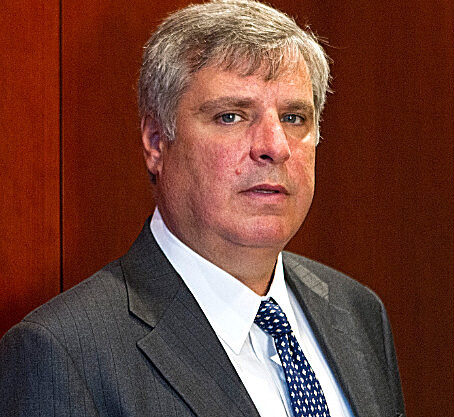
This was summed up by Rob McGrath, then head of trading at Schroders, who in 2014 noted, “I can live with basis point movements in equity trading where I can measure and manage them – in fixed income the buy side cannot even see how much a broker is making from a trade.”
And so modernising bond markets had motivation, it had new technology but it needed two more elements to succeed.

“Looking at 2014, a lot of innovation was trying to come into the market during that period of time, with new protocols being introduced ,” says Nancy Pham, head of electronic credit sales – EMEA, UBS Investment Bank. “One thing was clear: changing the behaviour of how participants engage in the market is a real challenge.”
In addition to behaviour, these new ideas needed economic models that would sustain them beyond the funding of early stage investors, keen to back a new Bloomberg, Marketaxess or Tradeweb.
“To ask a person to change their daily routine and how they work is actually quite hard,” she says. “That was the issue back in 2014/2015 with all these ideas coming into the market. A trader turns on their Bloomberg, their Tradeweb and their MarketAxess. For everything new to fit in, the vendor is competing for screen real estate. A lot of these protocols didn’t work because it was not part of a trader’s day-to-day work. Don’t make it harder than it already is to source liquidity by asking traders to log into different screens – that was adding to the problem.”
Drivers for change
Given this resistance, it was necessary for traders to get a sense of where and what was changing in their peer group, where possible ahead of making formal investments in new projects. For this the FILS event delivered not only via onstage discussion, but also for debate behind the scenes.
Standalone projects often failed, as did single-dealer marketplaces, most of which shut in 2012-14, with the exception of UBS Bond Port, which evolved into an institutional liquidity network. Larger platforms continued to thrive, but the path to change was not linear.
The turning point for many traders was the delivery of greater data accessibility around pricing and liquidity. In the US this had been delivered in 2004 via the TRACE post-trade tape and commercial offerings. Europe tried to deliver greater transparency via the revised Markets in Financial Instruments Directive (MiFID II) which came into effect in 2018.
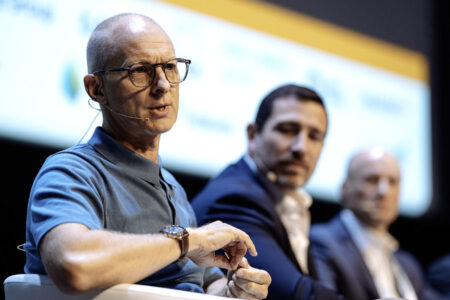
“As MiFID II approached and its implementation, there was a two-year period in which all budget and focus of key people went into that project,” says Carl James, global head of fixed income and municipals, S&P Global, who worked as head of fixed income trading at large buy side firms for most of the last decade. “Then there was a period of the dust settling, and by 2020 you started to see the emergence and adoption of new ways of working. There was a long, slow drag for six years prior, then adoption started, and now we’re on an accelerated evolution trajectory.”
Again, FILS allowed traders to stay on top of the implications this new regulation created, and to seek advantages within the new market structure.
Pham says, “Data from the implementation of MiFID II has really been a game changer. The data that’s come about over the last several years has completely changed the way firms participate in the market, whether it’s the buy side or the sell side.”
It facilitated two big changes she observes, which themselves underpinned forward evolution of the market.
“The first was automated platforms, changing the way the buy side executes into the market with a large numbers of tickets, albeit smaller notionals, without human intervention,” Pham says. “This has been a game changer to help execution desks effectively focus on those harder to source trades and not add additional headcount with the increased volumes in trade and with now more access to data, firms have confidence in the quality of executions as better TCAs come into the market demonstrating the client achieved best execution according to their policies.”
“The second total game changer has been systematic or ETF trading firms coming into the market. These non-traditional liquidity providers are able to be so much more agile on how they take that data in and how they price back out into the market. They are turning larger, more traditional banks on their heads, how these firms execute flow and sharpen their prices so quickly, this has been a huge challenge for our side of the market.”
A new model
As electronic trading evolved further, the very relationship-based trading model that had previously existed was not replaced, but instead saw new connections form between teams, with access between firms facilitated by FILS and other events.
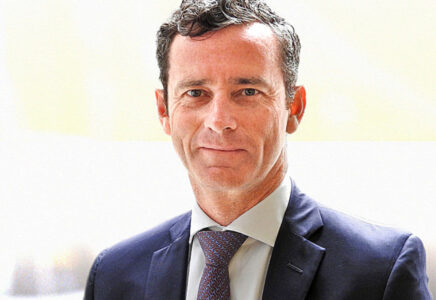
James says. “I spoke with Stephen Grady at Lombard Odier, and he said, ‘The trading relationship used to sit at the top of the relationship hierarchy. However post-MiFID II due to the separation between trading and research. The trading relationship moved down the hierarchy ‘status’, so the people implementing electronic trading moved up, because we wanted to trade more electronically.’ I agree with Stephen on that point.”
To intermediate change required a human touch, and buy-side firms worked with their dealers to support the qualitative and quantitative analysis of partnership.
“The other person who became very important was the relationship manager,” James notes. “Once we started using all of the data to analyse who we were trading with, why we were trading with them, how much we were trading with them, we were able to do broker reviews with great detail, and the relationship managers, if they were worth their salt, would work with that.”
He observes that the majority of asset managers have an 80/20 rule, doing most of their trading with five to 10 sell-side houses, and then a long tail of other dealers.
“The relationship managers in my experience were carrying the message to senior management, which would then filter down to behavioural change on the trade desk level,” he said. “We were driven by data, and relationships changed as a result.”
Communicating between dealers and clients was helped enormously by WBR’s event series.
“How do we ensure that we have the right data points and keep up with evolving technology?” asks Pham. “How do we ensure we are able to continue to service our clients in an evolving regulatory market? What are the challenges our clients face? FILS has stepped in and helped bring the community together.”
Wallis notes, with a trademark analogy, “We’ve tried to ride the wave of automation in the fixed income markets, and positioned our conference surfboard to catch the waves of data availability and standardisation, algorithmic trading and market connectivity.”
©Markets Media Europe 2025





